ThisLucidLens
✨ 3D Artist and trainee psychiatrist. Imagination unleashed. 🧠
🎨 No AI, now or ever. All work is my own creation using Blender.
💖 DM me for commissions.
🌐 Explore my other socials, buy me a coffee or purchase prints: https://linktr.ee/ThisLucidLens
- 9 Posts
- 12 Comments
Thanks, this is actually super useful feedback because I’m not much of a photographer myself. I used the default Blender 35mm film with I think a 35mm lens at F-stop 10.0. The scene used real-world scales
From what I could find online an F-stop from 8-16 seemed to be an appropriate range for those sorts of lenses, but would you have any other insights? Quite an easy thing to fix for sure but I’m definitely lacking knowledge here
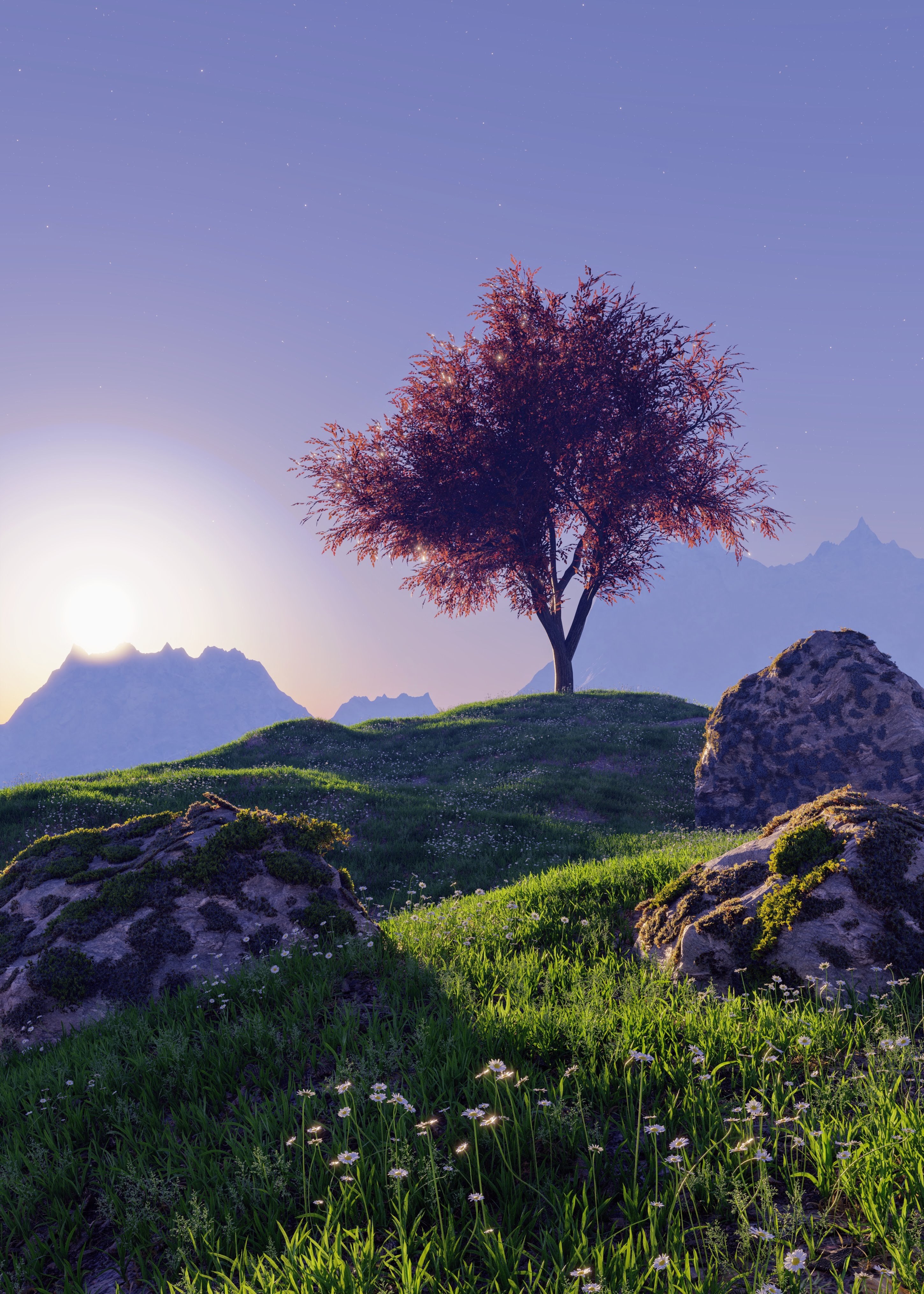
And here’s the original one I made back in 2020 😊
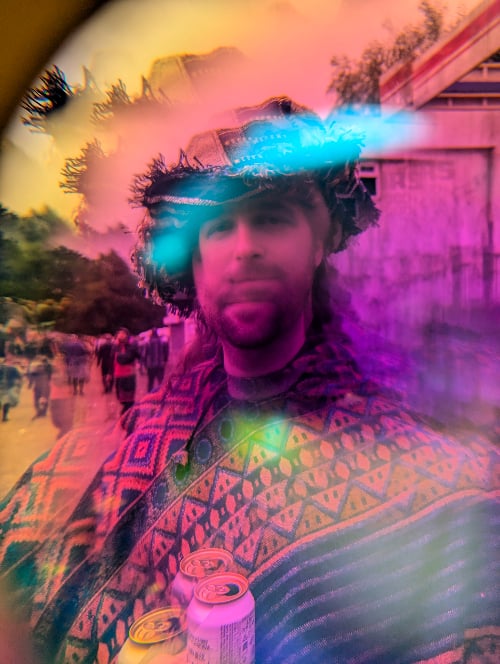
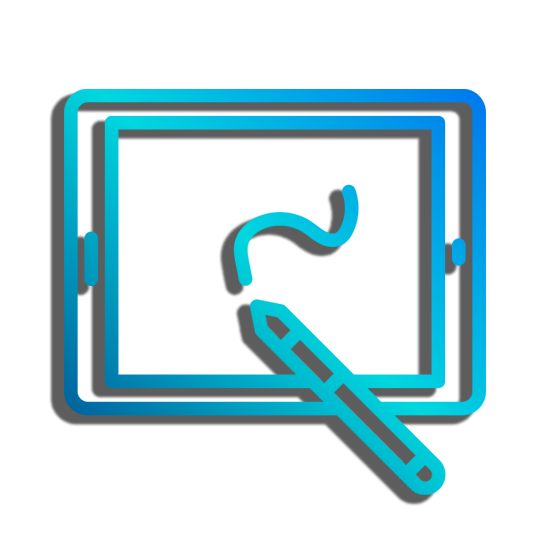 1·6 months ago
1·6 months agoThanks! ✌️

 8·6 months ago
8·6 months ago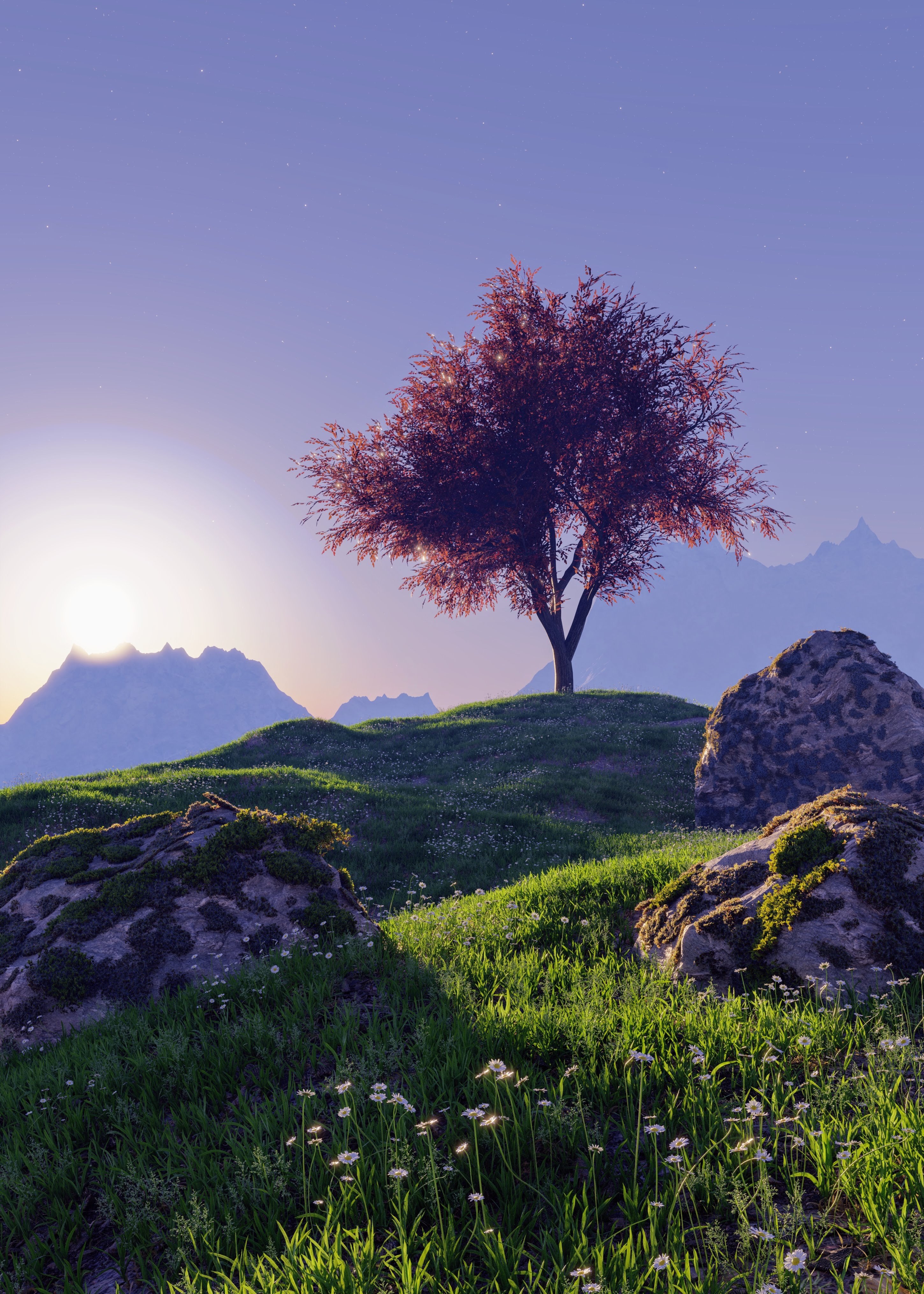 Here’s the original which I made back in 2020 when I was first starting out 🙏
Here’s the original which I made back in 2020 when I was first starting out 🙏

 3·6 months ago
3·6 months agoOf course, always happy for people to use my art as wallpapers 😊 I’ll probably forget to message you but once I’ve worked on it a bit more, I’ll probably do another post. So if you keep an eye out you can use the finished version

 1·6 months ago
1·6 months agoBefore I did it the other way round, and I’d start building the scene and model things as I went. The main issues with doing it that way round were that modelling became slower as the scene got more detailed (so eventually I’d give up making new things), and I also ended up modelling a lot more things because I didn’t really reuse assets as much.
This may all seem like common sense and it’s probably how most people work, but up to now my process was always building staff when I needed it rather than making a load of assets in advance.

 2·6 months ago
2·6 months agoThanks! Post processed in Photoshop but not drastically. A bit of a levels adjustment, some film grain and some colour grading, otherwise it’s not too different from the final render

 1·6 months ago
1·6 months agoThank you! 🙏

 2·6 months ago
2·6 months agoSo actually less than you might think. Maybe 12 hours in total? I was actually trying a different workflow this time which really suited me - I pre-made a lot of assets and then effectively kitbashed my own scene from them. There’s a lot of repeated elements which you don’t really notice with the lighting, etc (unless you really peak close up)
 3·10 months ago
3·10 months agoOkay but for all you know he could be murdering a child murderer
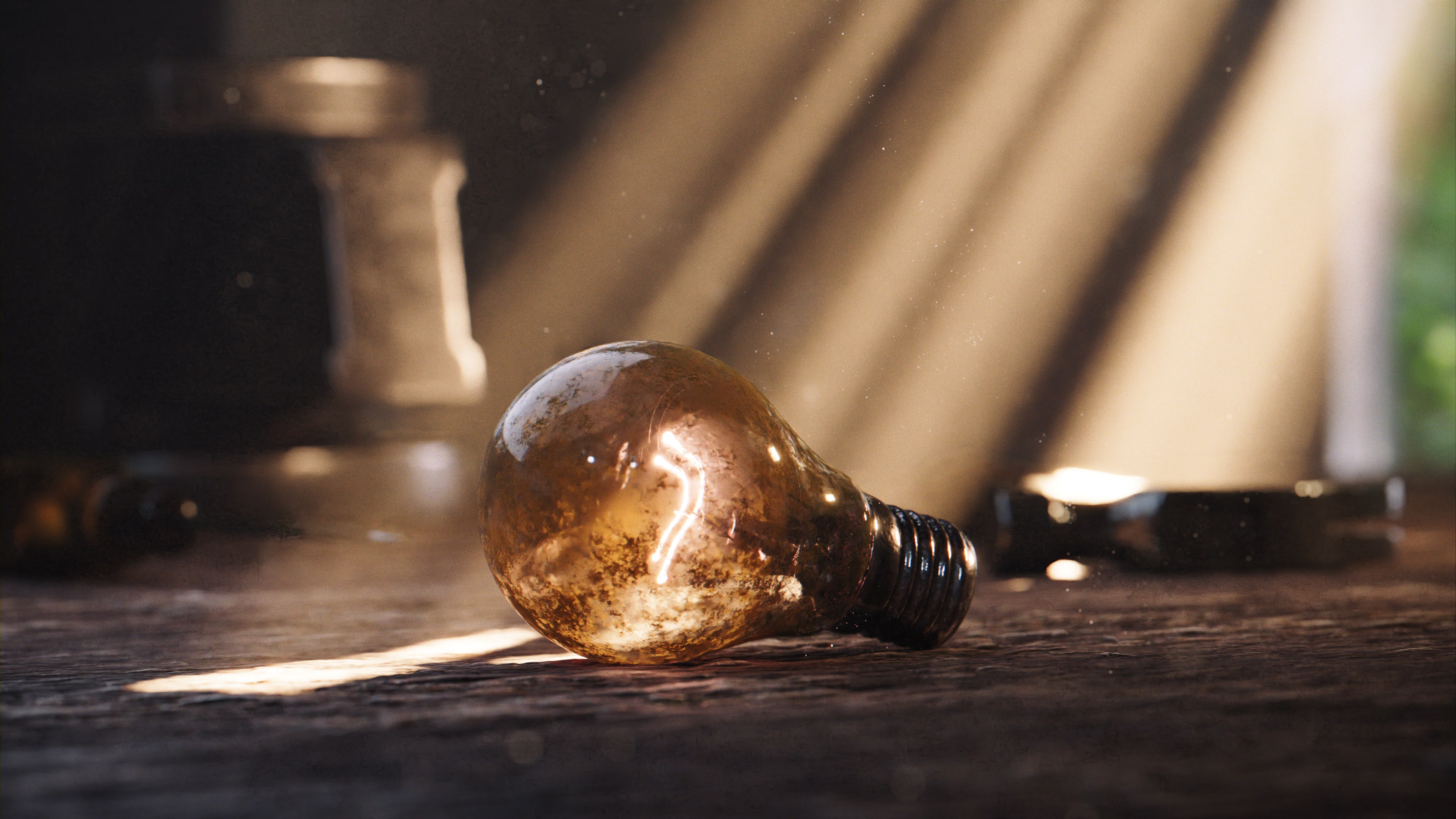

The mist was a cube volume with density driven by a couple of noise textures.
The vegetation was done using Geo-Scatter addon with various assets I’ve downloaded (I think most were Grassblade from Bproduction). Then just a lot of tweaking of masks, ecosystem settings, abiotics, etc driving different density and scale values.
If you don’t already have Geo-Scatter, it’s a phenomenal add-on for nature scenes - I would so highly recommend it, and their documentation is great too